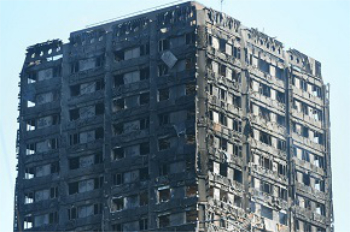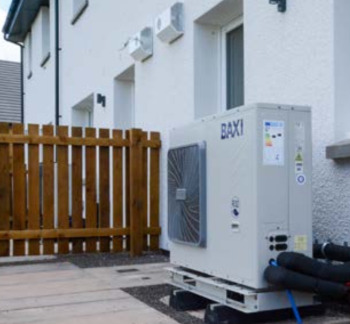Halley VI Research Station
In December 2016, the British Antarctic Survey (BAS) announced that due to a growing crack in the ice shelf, its Halley VI Research Station is to be moved. The station, which has a re-locatable design, is to be moved 23 km further inland. This is the first time it has had to move since it was towed into position on the Brunt Ice Shelf in 2012.
The station is crucial for studying globally important issues such as climate change and atmospheric phenomena. It is made up of eight modules which sit on skis. Each module is capable of being de-coupled from the others and towed by tractors across the ice. The station is designed and built to withstand extreme winter weather, to maintain excellent laboratory conditions, to provide accommodation, and is raised up to stay above the snow.
The crack in the ice has been growing for more than two years, with the tip moving gradually upstream of the station. It will take several years to cut the station off from the inland portion of the ice shelf if it continues to grow at its current rate, giving BAS time to relocate the station.
The relocation will be a slow process, with temporary camps being set up including containerised accommodation units for the relocation team. The relocation should be completed by 6 April 2018.
Tim Stockings, Director of Operations at BAS said:
“Halley was designed and engineered specifically to be re-located in response to changes in the ice. Over the last couple of years our operational teams have been meticulous in developing very detailed plans for the move and we are excited by the challenge.
“Antarctica can be a very hostile environment. Each summer season is very short – about 9 weeks. And because the ice and the weather are unpredictable we have to be flexible in our approach. We are especially keen to minimise the disruption to the science programmes. We have planned the move in stages – the science infrastructure that captures environmental data will remain in place while the stations modules move. ”
For more information, see British Antarctic Survey.
[edit] Find out more
[edit] Related articles on Designing Buildings Wiki
Featured articles and news
ECA Blueprint for Electrification
The 'mosaic of interconnected challenges' and how to deliver the UK’s Transition to Clean Power.
Grenfell Tower Principal Contractor Award notice
Tower repair and maintenance contractor announced as demolition contractor.
Passivhaus social homes benefit from heat pump service
Sixteen new homes designed and built to achieve Passivhaus constructed in Dumfries & Galloway.
CABE Publishes Results of 2025 Building Control Survey
Concern over lack of understanding of how roles have changed since the introduction of the BSA 2022.
British Architectural Sculpture 1851-1951
A rich heritage of decorative and figurative sculpture. Book review.
A programme to tackle the lack of diversity.
Independent Building Control review panel
Five members of the newly established, Grenfell Tower Inquiry recommended, panel appointed.
Welsh Recharging Electrical Skills Charter progresses
ECA progressing on the ‘asks’ of the Recharging Electrical Skills Charter at the Senedd in Wales.
A brief history from 1890s to 2020s.
CIOB and CORBON combine forces
To elevate professional standards in Nigeria’s construction industry.
Amendment to the GB Energy Bill welcomed by ECA
Move prevents nationally-owned energy company from investing in solar panels produced by modern slavery.
Gregor Harvie argues that AI is state-sanctioned theft of IP.
Heat pumps, vehicle chargers and heating appliances must be sold with smart functionality.
Experimental AI housing target help for councils
Experimental AI could help councils meet housing targets by digitising records.
New-style degrees set for reformed ARB accreditation
Following the ARB Tomorrow's Architects competency outcomes for Architects.
BSRIA Occupant Wellbeing survey BOW
Occupant satisfaction and wellbeing tool inc. physical environment, indoor facilities, functionality and accessibility.

























